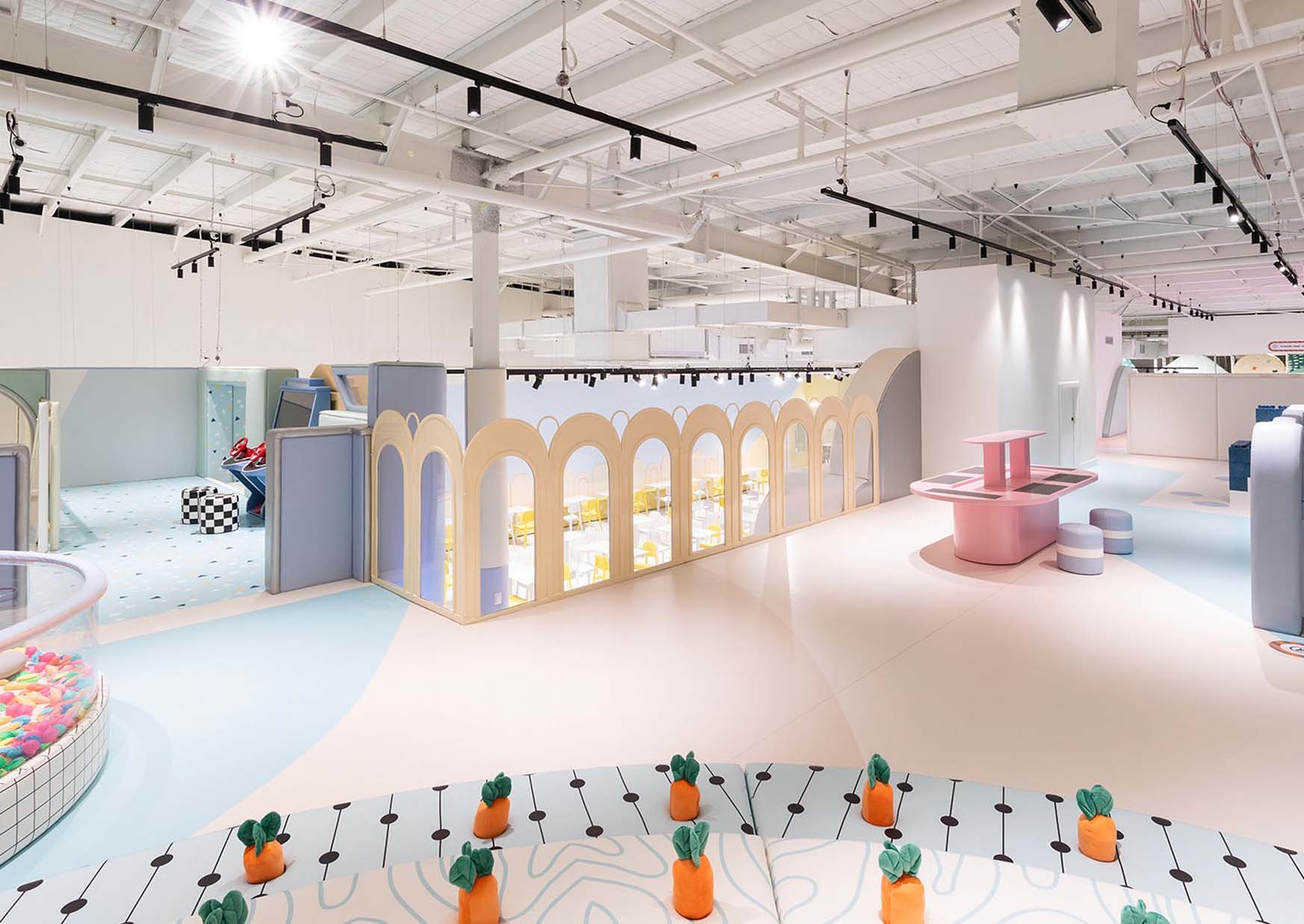Retail in 2025: Designing Spaces That Invite, Engage and Convert
Retail in 2025 isn’t about being everywhere. It’s about being intentional. While digital still dominates for convenience and discovery, physical retail has found a new calling: it’s where brand meets feeling, where you can’t just scroll past. The most successful retail spaces this year aren’t just pretty—they’re immersive, performative, and human.
At Vie Studio, we design with that in mind: space as a tool for engagement, conversion, and brand story. Here’s how that’s playing out across 2025, and how to design for it.
1. The Entry Moment Matters More Than Ever
First impressions now carry the weight of brand positioning, social shareability, and customer trust. And in an environment where customers are constantly comparing experiences, your first 5 seconds set the tone.
What we're seeing:
Elevated signage and architectural light detailing
Framed sightlines into hero products or counter zones
Layered storytelling starting from the street
A good entry draws people in. A great one makes them feel something before they even step inside.
2. Designing for Pause, Not Just Flow
Old retail logic was about directing traffic. New logic? Creating natural reasons to linger. Whether it’s a curated shelf moment, a warm material transition, or a built-in perch that doesn’t look like a sales device, 2025 retail design leans into moments of discovery.
What this means for spatial design:
Secondary lighting scenes that create depth
Mixed materials that signal zones without physical dividers
Intentional disruption—where customers feel encouraged to stop, not rush
3. Hyper-Functional Fixtures That Feel Seamless
No more clunky POS counters or product displays that interrupt the experience. Today’s retail fixtures are designed to disappear into the story, while still working hard behind the scenes.
We’re prioritising:
Modular units with concealed storage
Dual-purpose fixtures (product display + brand storytelling)
Seamless integration of digital (interactive touchpoints, QR moments, content walls)
4. Materials That Speak to Values
Retail in 2025 reflects not just style, but substance. Customers want to feel that the brand’s ethics, values, and material choices align with their own.
From tactile sustainability to quiet luxury, every surface now communicates intent.
What we’re specifying more of:
Textured neutrals (plaster, limestone, recycled composites)
Natural materials with visible variation
Accents of brand tone via lighting, brushed metal, or tone-on-tone signage
5. Retail Is Now Brand Theatre
Your store isn’t just for selling. It’s to show the kind of brand you are. The brands thriving in 2025 are those that treat their space as an extension of their identity, not a separate channel. That means consistency across touchpoints, and spaces designed for content, conversation, and community.
Final Thought:
Retail isn’t dying. It’s evolving, and fast. Spaces that perform in 2025 are no longer passive. They invite interaction, carry meaning, and convert not just sales, but sentiment.
If your current store isn’t helping your brand grow, it might be time to rethink what your space is really saying.
📩 Planning a retail transformation or new store in 2025?
We’d love to explore what’s possible—with clarity, intention, and design that works.





